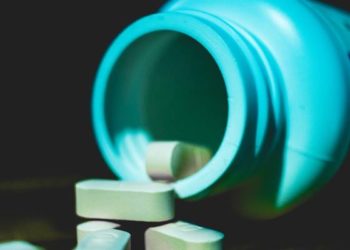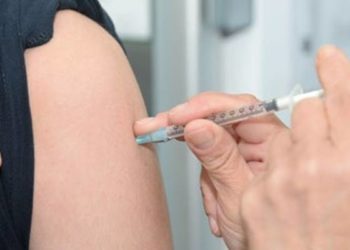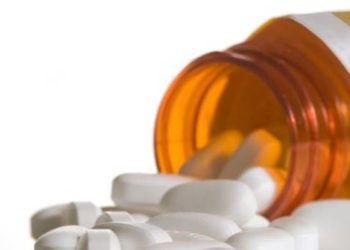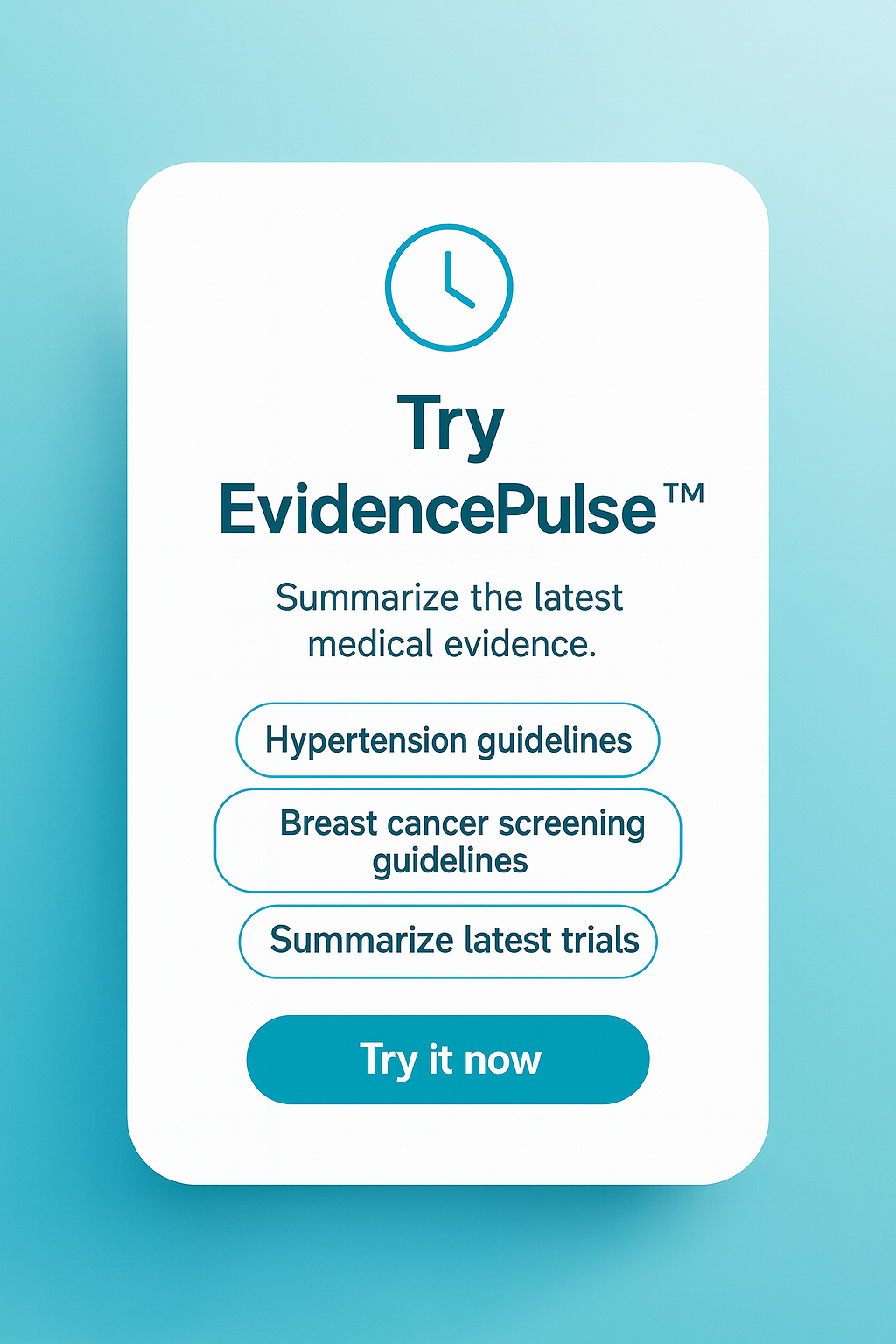2 Minute Medicine Rewind April 25, 2022
1. In a cohort of adults with gastroesophageal reflux disease, long-term findings indicated that partial fundoplication and total fundoplication are equally as effective for controlling symptoms and quality of life.
Evidence Rating Level: 1 (Excellent)
Although the efficacy of fundoplication operations in management of gastroesophageal reflux disease (GERD) has been studied, there are limited studies examining the long-term efficacy, particularly amongst the various types of fundoplication. Therefore, this double-blind randomized clinical trial sought to compare the long-term (>15 years) results regarding complications, reflux control, and quality of life (QoL) between patients undergoing partial fundoplication (PF) versus total fundoplication (TF). 456 patients with chronic GERD were recruited, of which 229 were randomized to receive PF and 227 to receive TF. The single-centered trial was performed from 2001 – 2006, and patients were followed long-term where the data was collected from 2019 – 2021. During this period, 70 patients were lost to follow-up in the PF group and 76 patients were lost in the TF group. Therefore, data was collected for 310 (mean [SD] age, 66 [11.2] years; 184 [54%] male) patients, of which 159 were originally allocated to a PF and 151 to a TF. There were no significant differences amongst the group in terms of age, sex, time of follow-up and certain comorbid conditions such as Barrett esophagus. The primary outcome measured was dysphagia scoring for solid and liquid items 15 years after surgery. The study found that both groups demonstrated significant improvements in dysphagia scores 1 year after surgery. At 15 years after surgery, mean (SD) dysphagia scores for solid and liquid remained low without any statistically significant differences between the groups (liquids: mean [SD] score for PF, 1.2 [0.5] vs TF, 1.2 [0.5]; p = 0.58; solids: mean [SD] score for PF, 1.3 [0.6] vs TF, 1.3 [0.5]; p = 0.97). The secondary outcomes were QoL, reflux symptoms, proton pump inhibitor consumptions, and additional operation rates. Similar to the primary outcome, there were no statistically significant differences found between the two groups with regards to these secondary outcomes. Therefore, the study concluded that PF and TF are equally as effective for controlling GERD and QoL long-term. Although this study was methodologically sound, given the lack of literature, larger multi-center trials are needed to further support conclusions.
1. In a cohort of adults, there were no differences in efficacy, safety, or feasibility between utilizing cognitive behavioural therapy alone or cognitive behavioural therapy along with transcranial direct current stimulation as interventions for depression.
Evidence Rating Level: 1 (Excellent)
Major depressive disorder (MDD) has significant prevalence worldwide. Unfortunately, many patients with MDD do not respond sufficiently to standard treatment. Cognitive behavioural therapy (CBT) is a mainstay first-line treatment for depression globally. Some studies have demonstrated that transcranial direct current stimulation (tDCS) may modulate neuronal activity for affective and cognitive processes which are important in CBT. Therefore, this double-blind randomized clinical trial sought to investigate whether the efficacy of CBT for MDD can be enhanced by concurrent tDCS. Patients were assigned in a 1:1:1 ratio to receive one of the 3 following treatments: CBT alone, CBT plus tDCS, or CBT plus sham tDCS. CBT was standardized amongst the 3 groups whereby patients received 12 sessions lasting 100 minutes within 6 weeks. For the group receiving tDCS, stimulation was applied simultaneously as the patients participated in the CBT session. The study utilized the Montgomery-Asberg Depression Rating Scale (MADRS). 148 patients were included from across 6 different centres (mean [SD] age, 41.1 [13.7] years; 89 women; mean [SD] MADRS score at baseline, 23.0 [6.3]) from which 53 received CBT alone, 48 received CBT plus tDCS, and 47 received CBT plus sham-tDSC. However, loss to follow-up results in a total of 126 participants, with 41, 43, and 42 in each group respectively. The primary outcome measured was change in MADRS scores from baseline to postintervention (week 6) as well as follow-up at 18 weeks and 30-weeks. In each intervention group, there was a statistically significant reduction in MADRS scores by a mean of 6.5 (91% CI, 3.82-9.14 points; cohen d, -0.90; 91% CI, -1.43 to -0.50). However, there was no significant differences in MADRS reduction amongst the 3 groups. The secondary outcomes measured were changes in self-rated depression severity, anhedonia, and health-related quality of life. There were no statistically significant differences in the secondary outcomes amongst the 3 groups. Finally, there were no significant differences in self-reported adverse effects. Therefore, the study concluded that although tDSC is safe and feasible, there is no enhanced efficacy of utilizing tDSC in conjunction with CBT compared to CBT alone. However, given the lack of literature in this field, further studies on tDSC are needed.
1. Amongst a cohort of adults presenting to the emergency department with atrial fibrillation, females were less likely to receive oral anticoagulation than adults.
Evidence Rating Level: 2 (Good
Atrial fibrillation is the most common sustained heart rhythm disorder and it is associated with significant morbidity and mortality. Studies have demonstrated significant sex differences amongst the presentation, comorbidity burden, and admission rate amongst patients with atrial fibrillation. Therefore, this retrospective cohort study sought to determine whether there are sex differences in the adherence to oral anticoagulants as well as use and outcomes of oral anticoagulants. It made use of records from Alberta’s provincial health databases. The study identified 28,886 (female: n = 16,209; mean [SD] age, 66.8 [16.0] years; male: n = 12,667; mean [SD] age, 74.3 [14.3] years) patients with incident nonvalvular atrial fibrillation that presented to the emergency department (ED) during the study period. The patients were followed for up to 365 days after the index ED or hospitalization discharge. The primary outcomes measured were oral anticoagulant use and oral anticoagulant adherence following discharge from the ED. Overall, the study found that fewer females were on oral anticoagulants than males in 1 year (69.7% versus 72.2%; difference -0.03; 95% CI, -0.04 to -0.01). High adherence to oral anticoagulants was observed more often in females than in males (78.8% versus 75.3%; difference 0.03; 95% CI, 0.02 to 0.05). The secondary outcomes were stroke, heart failure, and all-cause mortality. The study found amongst patients discharged home the incidence of stroke at 1 year was higher in females than in males (2.9% versus 2.3%; difference, 0.01; 95% CI, 0.001 to 0.01), but no difference was seen for heart failure. Amongst those admitted to hospital, there was a significant sex difference in incidence of stroke with a 48% higher risk observed in females (adjusted hazard ratio 1.14 to 1.92). There were no statistically significant differences found in the mortality rate amongst females and males. Therefore, the study concludes that females discharged from the ED are less likely to receive oral anticoagulants than males.
.
1. Amongst a cohort of patients undergoing breast cancer surgery, an ultrasound guided costotransverse block was found to significantly reduce opioid consumption and pain scores post-operatively.
Evidence Rating Level: 1 (Excellent)
Recent advancements in non-invasive breast conserving surgical procedures have lead to better recovery periods. However, the management of postoperative pain is an important factor to consider. Ultrasound guided costotransverse block (CTB) is a relatively new peri-paravertebral block without many studies examining its efficacy. Therefore, this double-blinded randomized controlled trial sought to determine the effect of a single injection CTB on analgesic requirement and pain control postoperatively for patients having breast cancer surgery. A total of 70 patients were included, with 35 receiving the intervention and 35 allocated to the control group. Both groups received the same general anesthesia and standard analgesia. The intervention group received an ultrasound CTB block of 0.5% bupivacaine (15mL) and 2% lidocaine (10mL) unilaterally on the ipsilateral side of surgery. The primary and secondary outcomes of this study were opioid requirement (first postoperative 24 hours) and postoperative pain using the numeric rating scale (NRS) measured a different time points (at hours 1, 6, 12, and 24, postoperatively). The study found a statistically significant decrease in morphine consumption 24 hours post-operatively in the intervention group (mean [SD], 7.51 [2.11] mg in control versus mean [SD], 4.26 [2.39] mg in the intervention group; p<0.001). Similarly, NRS scores were significantly lower in the intervention group when compared to the control groups at the 1st and 3rd hour. However, they were similar amongst the groups in the other time frames. Therefore, this study concluded that ultrasound guided CTB prior to breast cancer surgery improves analgesia requirements and pain scores post-operatively. However, this was a relatively small single-centre study. Therefore, additional studies with larger sample sizes are needed to further support these conclusions.
1. Amongst a cohort of adults in Japan, a comprehensive laughter-intervention program significantly improved physical and psychological functions.
Evidence Rating Level: 1 (Excellent)
The relationship between metabolic syndrome (combination of obesity, hypertension, diabetes, and dyslipidemia) and physical lifestyle factors such as exercise have been well established in literature. Recently, studies have also explored the relationship between this syndrome and psychosocial stresses. Some literature has explored the effect on stimulated laughter, such as laughter yoga, on certain health outcomes. This study sought to compare the effects of a comprehensive laughter program on the physical and psychological health amongst Japanese community-dwelling individuals at risk of metabolic syndrome. Participants included men and women from 40 – 79 who had one or more risk factors of metabolic syndrome such as a higher obesity grade or hypertension. 235 (198 women) participants were allocated to the control (n=118) and intervention group (n=117). Some participants were lost to follow up and 225 were included in analysis (intervention group = 113, control group = 112). The intervention program was composed of a lecture about laughter, health and diseases and an approximately 60-minute laughter yoga class and the intervention period lasted 12-weeks. The control group went about their daily lives as usual. The outcomes measured were body weight, subjective stress, subjective well-being, and health-related quality of life (HRQOL). All outcomes were measured at baseline and after the 12-week intervention period. The study found that the comprehensive laughter program significantly improved the mean body weight and BMI (p = 0.008 and p = 0.006, respectively). Additionally, there were significant improvements in the subjective mental stress scores (p = 0.004) and subjective well-being scores (p = 0.002). No such changes were found in the control group. Therefore, the study concluded that a comprehensive laughter intervention program, consisting of laughter yoga, has significant positive effects on physical and psychological functions
Image: PD
©2022 2 Minute Medicine, Inc. All rights reserved. No works may be reproduced without expressed written consent from 2 Minute Medicine, Inc. Inquire about licensing here. No article should be construed as medical advice and is not intended as such by the authors or by 2 Minute Medicine, Inc.



![2 Minute Medicine: Pharma Roundup: Price Hikes, Breakthrough Approvals, Legal Showdowns, Biotech Expansion, and Europe’s Pricing Debate [May 12nd, 2025]](https://www.2minutemedicine.com/wp-content/uploads/2025/05/ChatGPT-Image-May-12-2025-at-10_22_23-AM-350x250.png)





